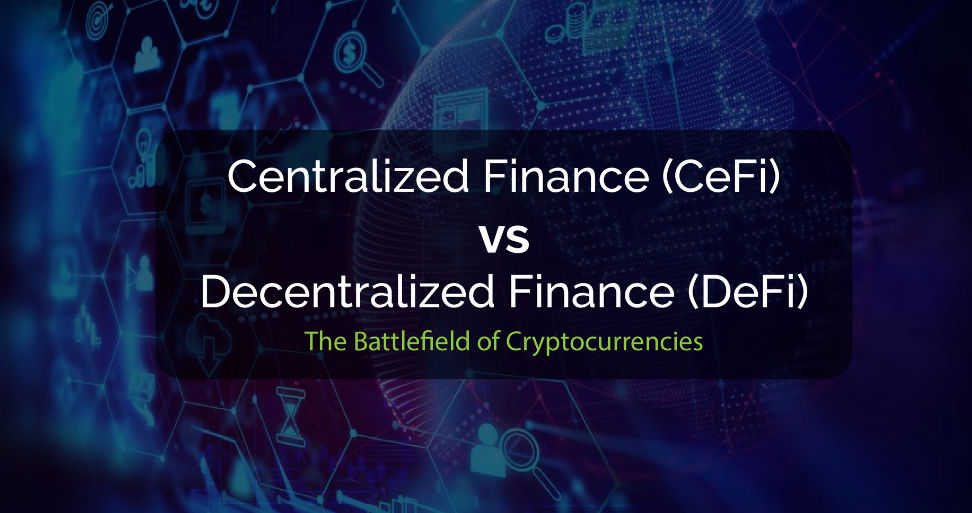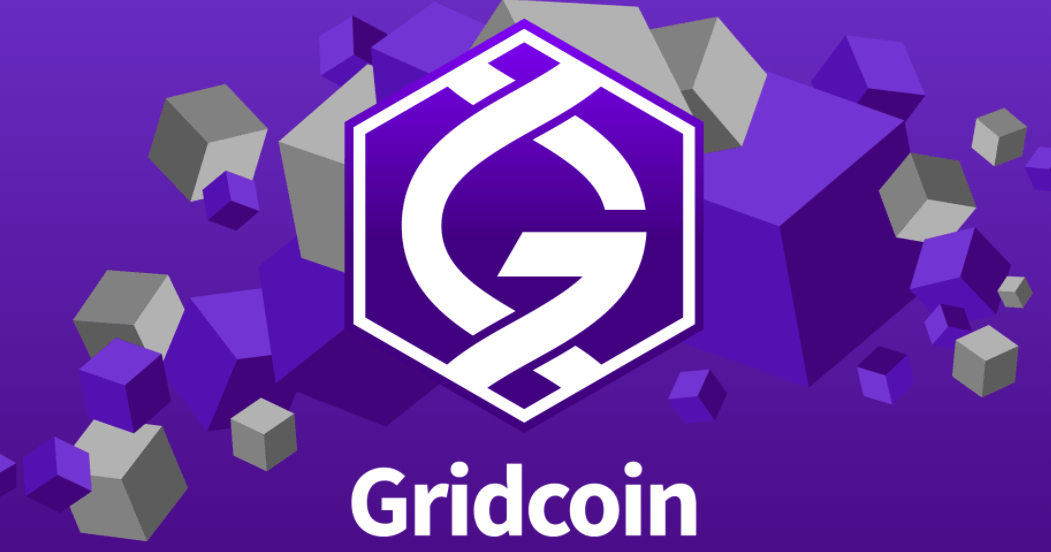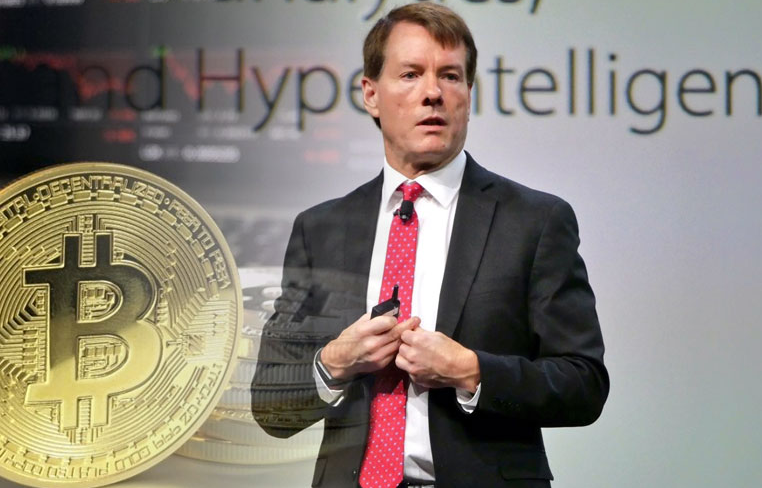Decentralized Finance Vs Centralized Finance. When comparing Decentralized finance and centralized finance, there are some important things to consider. First, decentralization promises greater security for funds and increased transparency. Then, there are some negative aspects that consumers should be aware of. For instance, centralized finance requires more upfront costs, such as service fees and interest. You will also be paying for the lender’s services, which can include carbon footprint, energy requirements, and system upgrades.
Decentralized finance promises security of funds
With Decentralized Finance, you can use crypto to make passive income. Instead of dealing with a bank, you can borrow money from individuals or businesses and receive it back in the form of cryptocurrency or smart contract. These decentralized systems work on a set of predefined rules and replace third parties in the financial industry. In return, you can use your crypto as collateral, and the asset will be locked until you return the loan amount.
Decentralized finance is an emerging financial technology based on secure distributed ledgers (DLTs). Its goal is to free people from the control of banks and financial companies, as well as eliminate fees. Decentralized finance applications are peer-to-peer in nature, so they can be used by anyone with an internet connection. In addition, you can earn higher yields than with traditional bank accounts, and you can send your money anywhere in the world easily and securely. You can also access your funds using digital wallets without the typical banking fees.
DeFi has several interesting use cases. For example, the decentralized lending system lets users earn interest on static crypto assets by putting them up as collateral for loans. This way, they can borrow money without putting their funds at risk. This is a promising solution for borrowers and investors looking for a secure and reliable method to transfer their funds.
While DeFi promises to change banking, it is still an emerging technology that is still evolving. In the short term, it is possible that banks co-opt DeFi technology and turn it into a yield-farming opportunity. In the long run, traditional banks could be disrupted, which would create yield-farming opportunities.
Decentralized finance is an emerging technology that promises to revolutionize the way that financial services are delivered to consumers. By eliminating intermediaries and creating a level playing field between financial service providers, DeFi promises a safe and secure environment for consumers. In addition to this, DeFi can significantly reduce the excess profits in the financial industry.
Although this new technology promises security of funds, it is important to remember that decentralized infrastructure has its own challenges. For example, a decentralized exchange system requires special attention to its infrastructure. Similarly, the decentralized exchange system is not immune to hacks. Hence, it is imperative to develop decentralized infrastructure that is reliable. A decentralized exchange system must also be able to meet the needs of its users and investors.
Peer-to-peer service
Decentralized finance is becoming popular in Europe and elsewhere because it reduces the costs of financial services. Many European businesses are looking to cut costs on transaction costs, and decentralized finance products do this by cutting out intermediaries. However, the European banking sector is facing immense pressure due to low interest rates, regulatory changes, and the rise of Fintech competition.
One major advantage of decentralized finance is its potential to increase financial inclusion, allowing anyone to obtain a loan without the need for credit history, a known-your-customer (KYC) policy, or a high rate of interest. Furthermore, decentralized finance is cheaper than centralized finance. Because the system is peer-to-peer, there are no fees for banking or intermediary services.
In centralized finance, money is held by banks, and third parties facilitate transactions by charging a fee. This is the default financial system. When a person uses a credit card, the purchase is processed through the acquiring bank, and the bank then forwards their information to the credit card network. All other financial transactions require money from the bank, and can take days to process. Moreover, banks may not offer financial services when a customer is traveling.
Decentralized finance presents risks for financial system stability. There is a risk of coding errors that can make transactions insecure and allow attackers to steal funds. In addition, the protocol used for decentralized finance is only as secure as the codes that make up its smart contracts. Furthermore, decentralized finance can result in a high legal liability if it fails to function properly.
In addition to the United States, Canada is leading in the development of decentralized finance products. Some proponents argue that decentralized finance platforms can offer cross-jurisdictional liquidity. For example, if a user in Canada uses a decentralized finance platform in another country, he will be able to extend credit to users in many different jurisdictions. However, a ban on cryptocurrencies may frustrate private sector efforts to build decentralized finance in the country.
Although the decentralized nature of these platforms makes them appealing to some investors, they’re not suitable for all investors. Moreover, policymakers are concerned about the volatility of the financial markets. Because of this, some crypto enthusiasts have tried to peg some of these currencies against stable fiat currencies.
Increased financial transparency
Decentralized finance is a relatively new financial technology that uses blockchain technology to challenge the traditional centralized finance system. It aims to provide increased transparency and control while removing the need for third parties in financial transactions. Its components include decentralized software and secure, distributed ledgers. Although this technology is new, there is already some debate about how it can benefit financial institutions and the general public.
Decentralized finance aims to provide financial services without the need for intermediaries, using blockchain-based automated protocols and stablecoins to facilitate the transfer of funds. However, many of these applications are not designed for large corporations and are more suitable for individuals. The blockchain records each transaction and then has it verified by other users. Once a block has been verified, it is then closed and encrypted. New blocks contain information on previous blocks.
Decentralized finance is a more secure, transparent, and efficient alternative to traditional financial services. It eliminates the need for intermediaries and reduces risks related to fraud and corruption. It also allows for faster transfers of funds and reduces costs associated with wire transfers and overdraft fees.
Although DeFi can provide greater transparency, it is not without risks. The lack of regulatory oversight means that there may be little recourse for a transaction gone bad. Fortunately, the Federal Deposit Insurance Corporation reimburses users for up to $250,000 per account. Furthermore, banks are required to maintain a certain amount of capital as reserves. If the transaction goes bad, the bank can cash out the account.
The decentralized finance system also has security issues. While it may seem promising, it is also susceptible to hacking. As a result, many types of DeFi loans require collateral. The requirement of collateral may prevent some people from accessing the funds they need.
DeFi apps also have the potential to provide consumers with interest-bearing accounts. The interest rates are tied to supply and demand. Some of the most popular savings apps include Dharma and Argent. Another popular app is PoolTogether, which guarantees all of your money back if it ever falls into the wrong hands.
Less consumer protections
The cryptocurrency market is rapidly growing and attracting new businesses. These businesses range from entities that are vaguely familiar to science fiction entities. Some offer interest bearing accounts. Others are computer controlled markets that are governed by the community. All of these differ from traditional finance, which requires government intervention in order to regulate and control prices and terms of transactions. One example is Compound, a decentralized automated lending system with more than $18 billion in assets.



